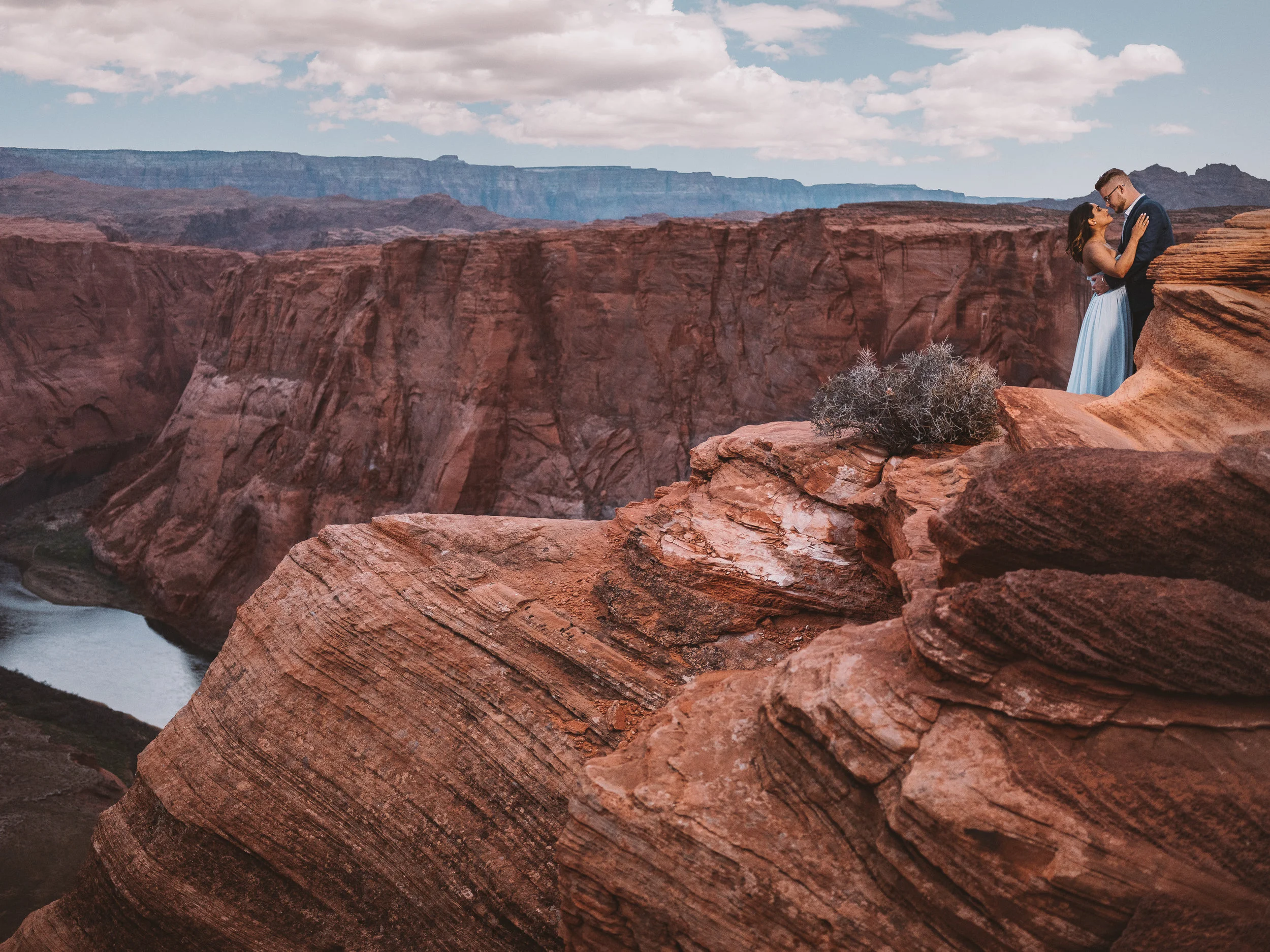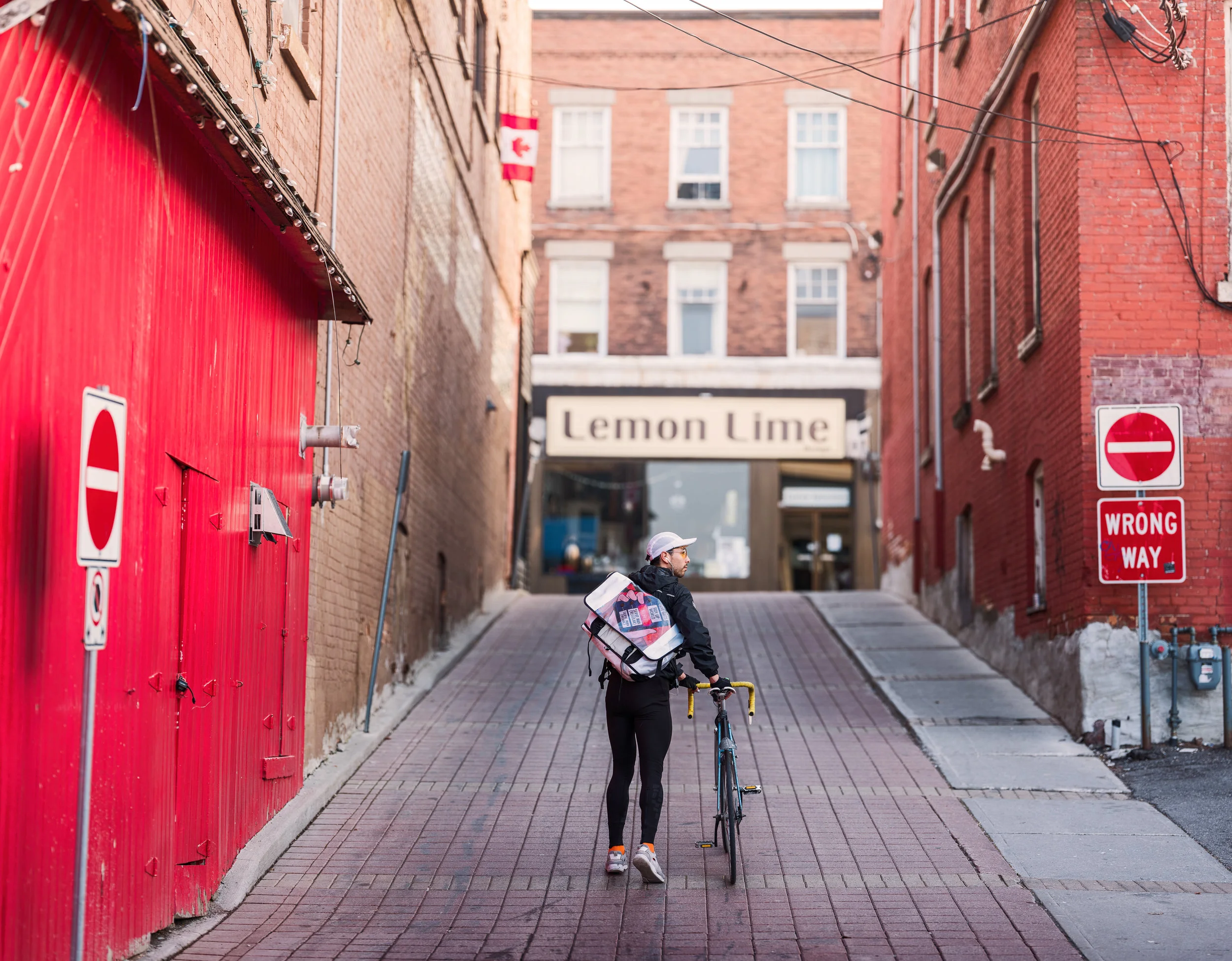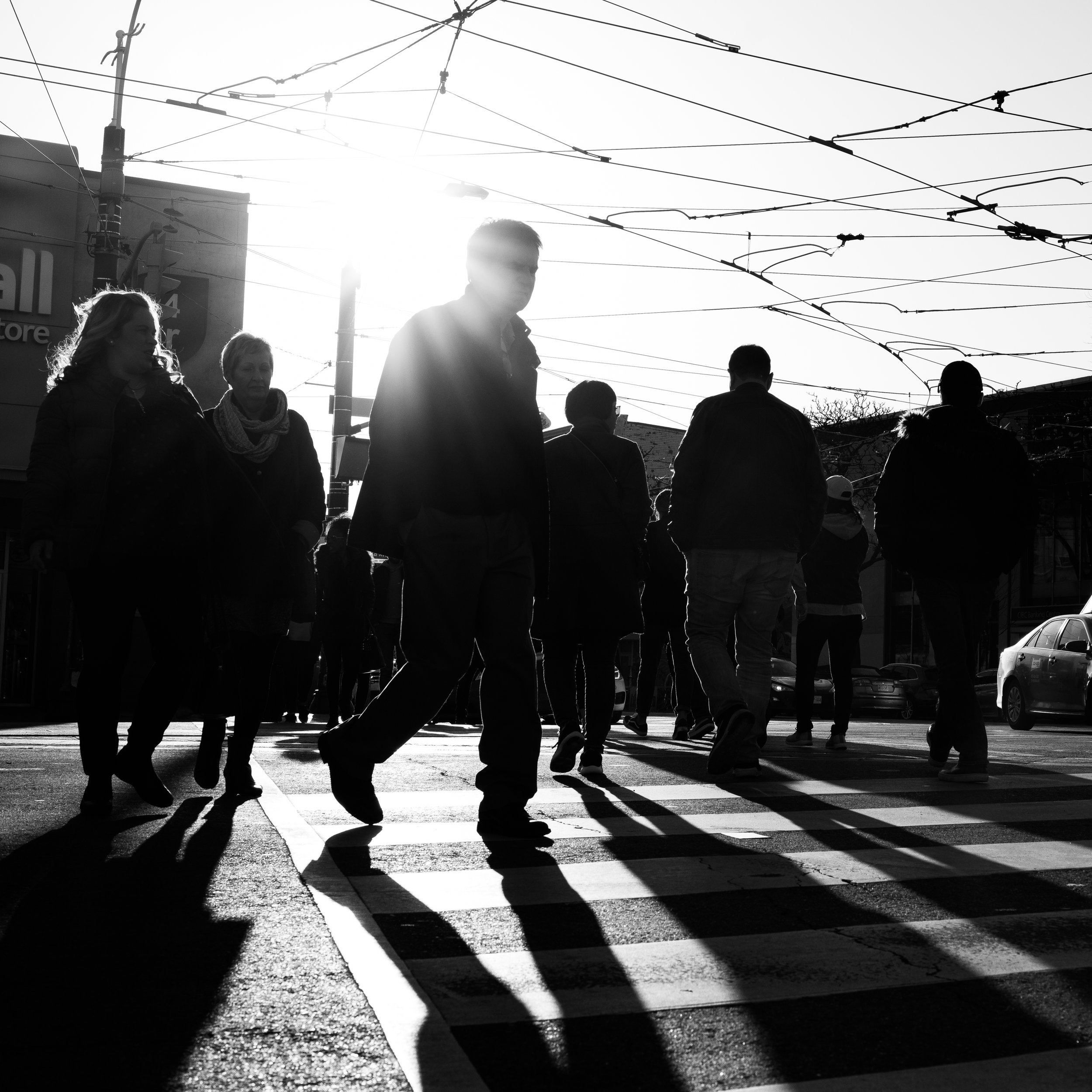This would be one of the more intricate sets I’ve had a hand in. We built a six piece wall for this set along with added florescent lighting to get the glow behind each staggered wall section. The use of red gels wrapped around the tubes help bring the set together. With Umoro, we shot a product feature video to accompany each jacket color.
As the video progressed, we went from static poses to more movement. The jacket features an interesting zipper that can be torn apart when removing the jacket. This is shown with progressing shots mixed at various speeds to keep the interest factor up. A mixture of wide and close shots come together to give the viewer a sense of actually holding the jacket..
For all shots, video related the Nikon Z6 was use on a Ronin-S. The Nikon 50 f/1.8 Z was used for all the the shots. The 50mm offers a great middle ground for both wide and tight shots. The sharpness of this lens is unmatched among all the lenses I own. With smooth and fast native autofocus, the need to reshoot the scenes multiple times was not necessary.
Fun Fact: on the first day of this shoot, the power was knocked out by strong winds. We did what we could on battery power, but as the timer estimated we only had 27 minutes to shoot all of 20 shots we had planned. There was no way that was going to happen and in the end, we scrapped all the shots. This time, we had all the power we needed and with some help in editing, I am impressed with one of the first extended productions of a product launch video.














































































